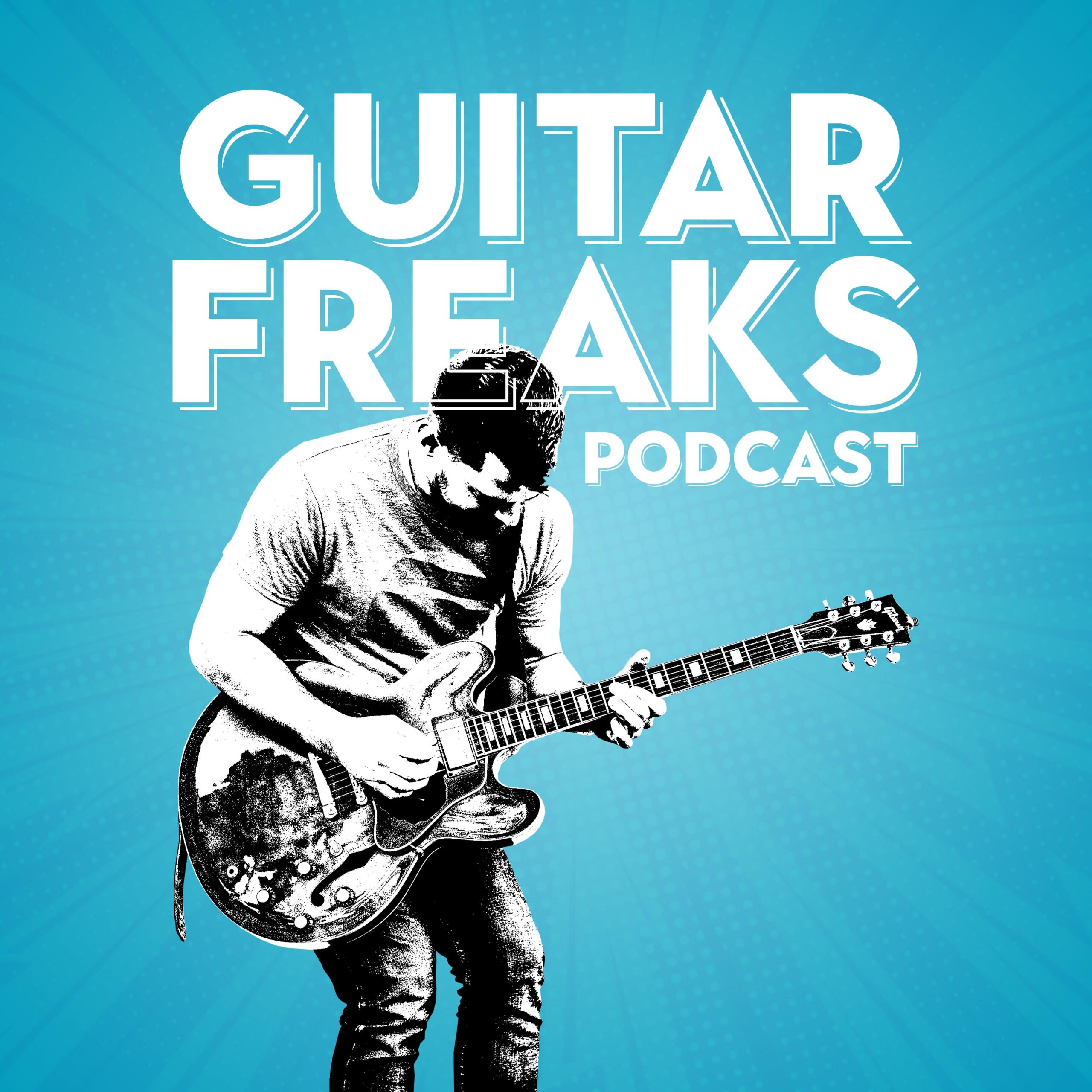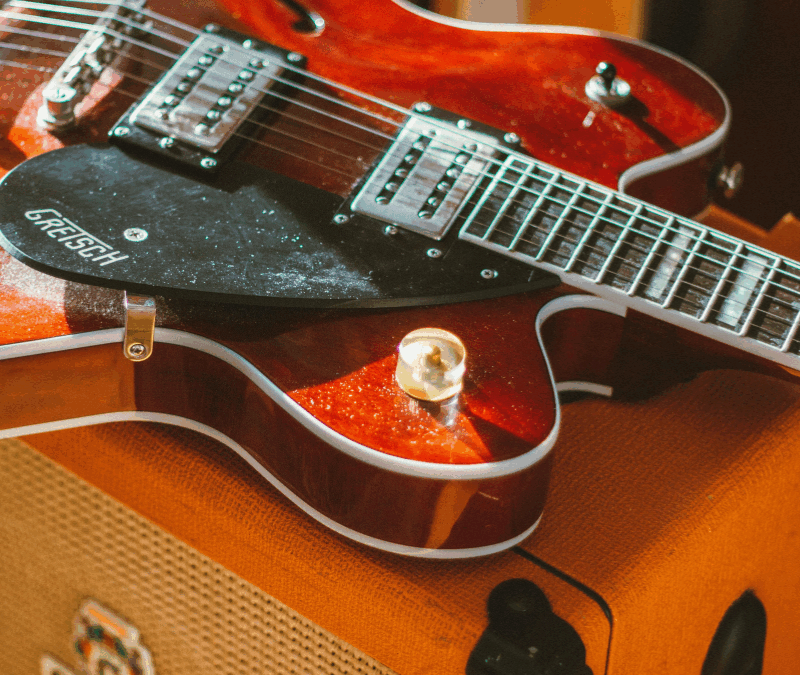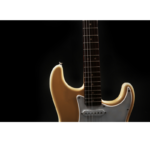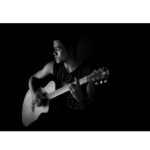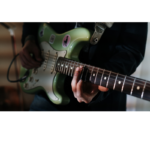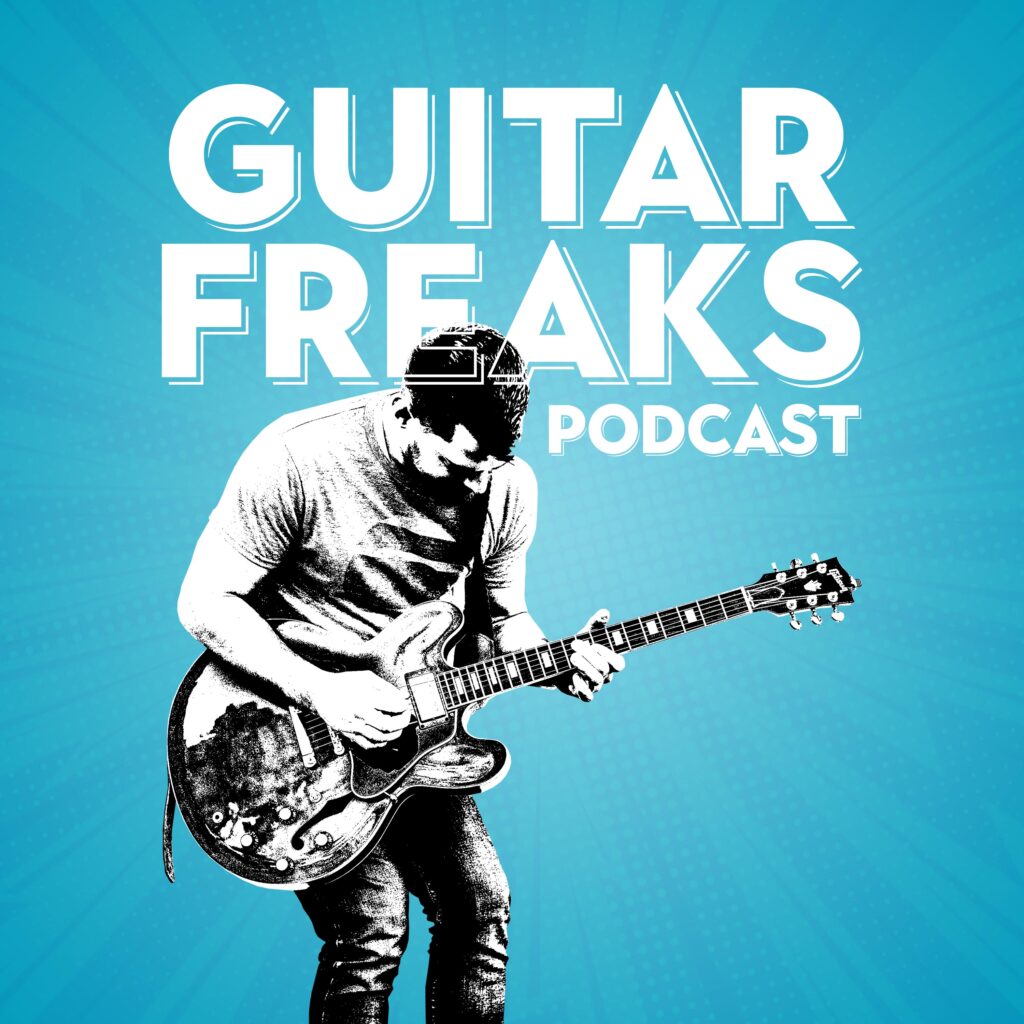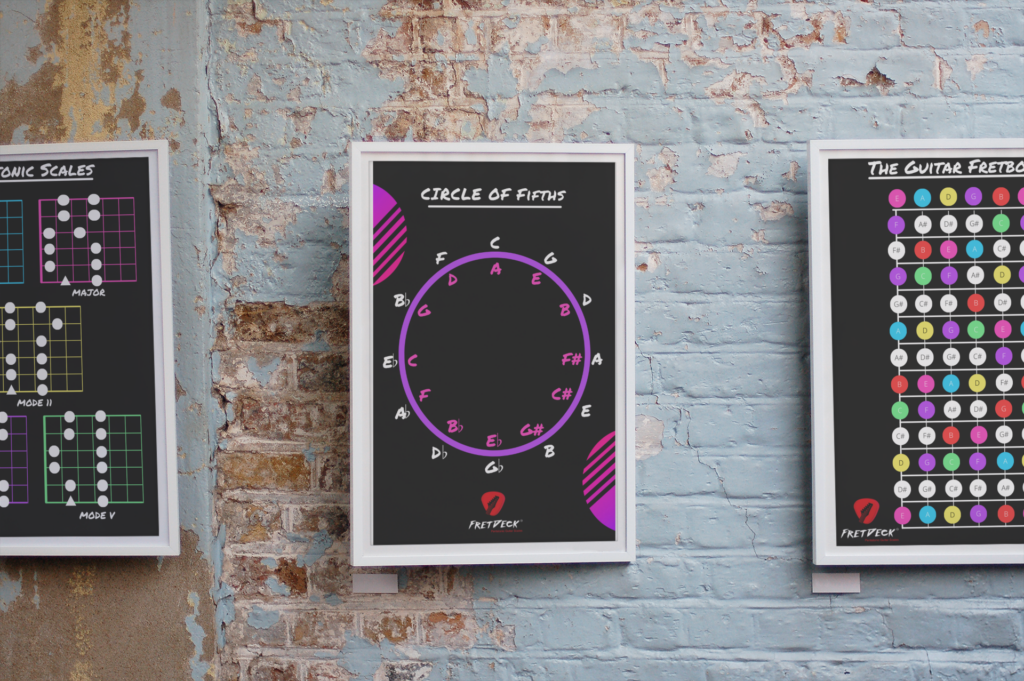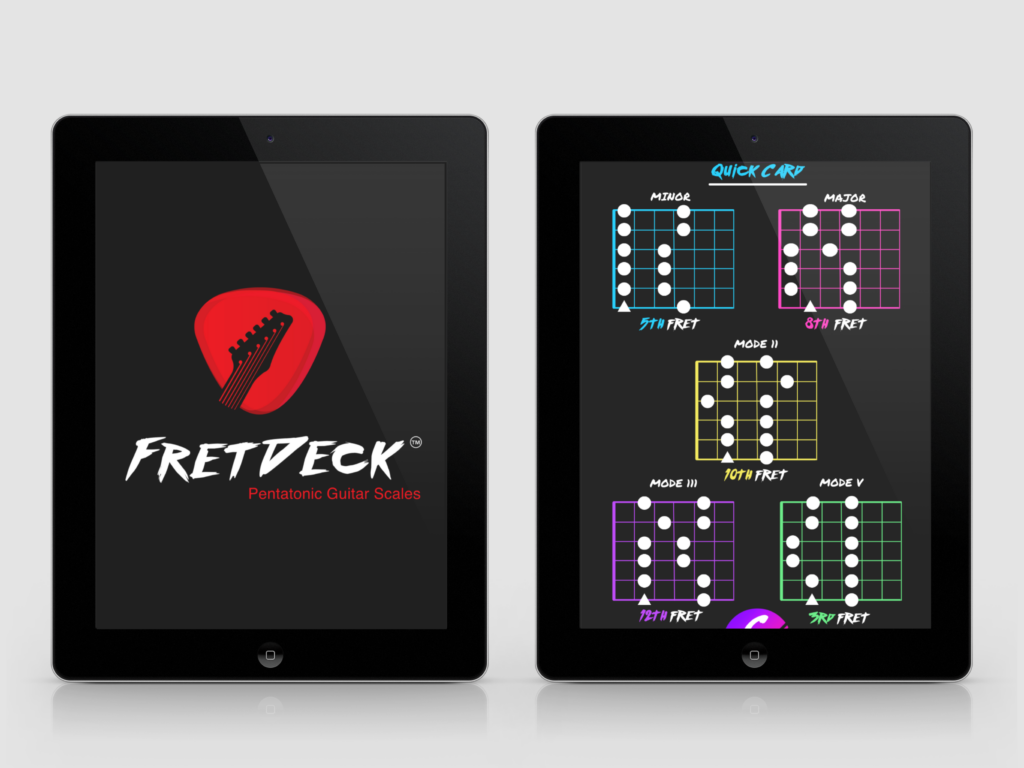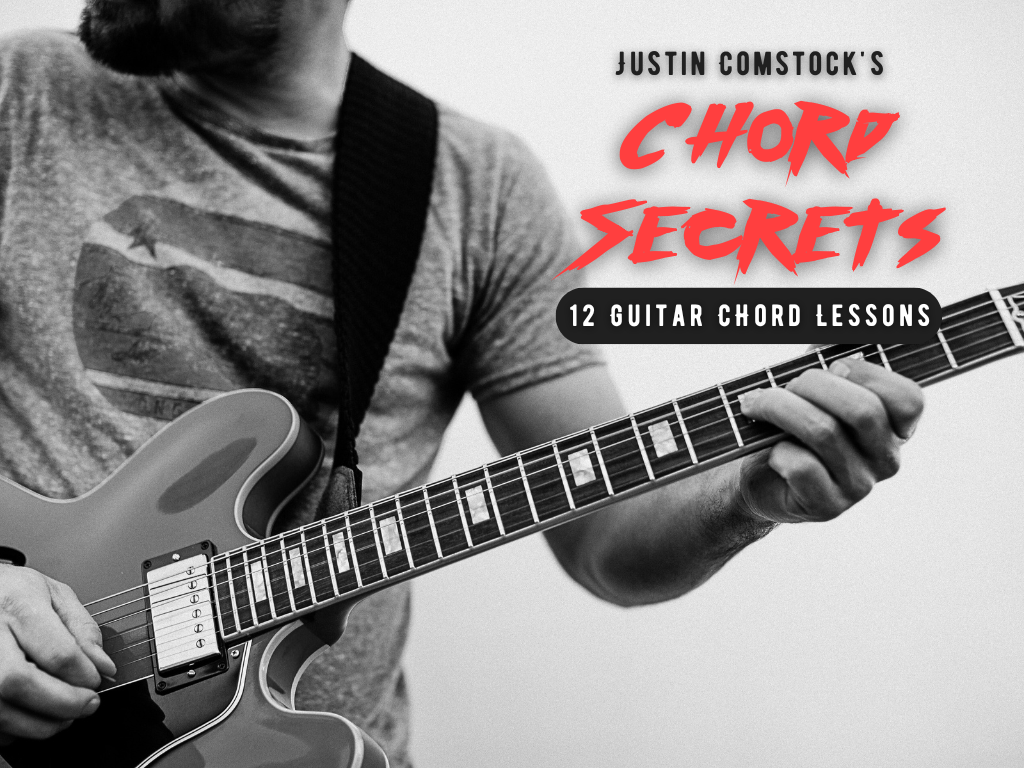There’s a moment in every guitarist’s journey when the fretboard stops being a map and starts being a voice. That’s the moment you stop playing scales—and start telling stories.
If you’re searching for the perfect guitar solo lesson, it isn’t hidden in a pile of YouTube tutorials or trapped behind paywalls. It’s in the way you connect emotion to melody, timing to tone, and silence to sound.
This is what I’ve learned after decades of chasing that elusive thing we call feel.
1. The Story Behind Every Great Guitar Solo
When B.B. King hit that first note of “The Thrill Is Gone,” he didn’t just bend a string—he bent time. Clapton, Hendrix, Mayer, Knopfler—each one understood that a guitar solo is less about speed and more about storytelling.
A true guitar solo lesson doesn’t begin with licks—it begins with a story. Before you play a note, ask yourself:
- What is this song trying to say?
- Where is the emotional high point?
- How do I want the listener to feel by the end?
Most players skip this step. They rush to learn flashy licks before understanding that the best solos are short stories—each with a beginning, a middle, and an end.
🎧 Pro Tip: Record your solos and listen back like you’re editing a paragraph. Cut what’s unnecessary. Highlight what sings.
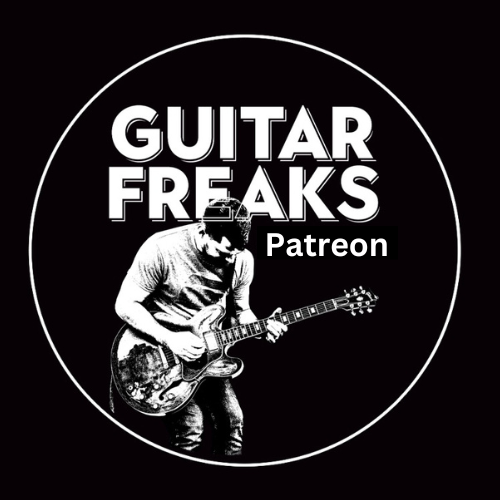
🎸 Join the Guitar Freaks Patreon!
Get SoloCraft™ E-Book & FretDeck™ FREE!
Join Guitar Freaks on Patreon and instantly unlock my full e-book SoloCraft & FretDeck™ Guitar Scales—your step-by-step guide to fretboard mastery and crafting soulful solos.
New video lesson drops every Friday so you’ve always got a fresh, focused practice plan for the week.
👉 Don’t miss out—join now and grab your free copy!
2. The Power of Space
Adam Levy once said, “Silence is your secret weapon.” In every great guitar solo, there’s air—the kind of space that lets notes breathe.
The next time you pick up your guitar, try this exercise:
- Play a single note.
- Let it ring until it dies.
- Count three seconds before playing another.
That pause—those seconds of nothing—are where tension lives. They pull the listener closer.
Your guitar solo lesson today is simple: stop filling every second with sound. Music happens between the notes.
3. The Vocabulary of Emotion
Think of scales as your alphabet. You can’t write poetry without letters—but knowing the alphabet doesn’t make you a poet.
Here’s how to turn your scale practice into emotional vocabulary:
- Minor Pentatonic = Sadness, Soul, Honesty
(Think David Gilmour or Gary Clark Jr.) - Major Pentatonic = Warmth, Hope, Freedom
(Think B.B. King or Mark Knopfler) - Mixolydian Mode = Swagger, Groove, Personality
(Think John Scofield or Derek Trucks) - Dorian Mode = Sophisticated Sadness
(Think Santana or Robben Ford)
The goal isn’t to memorize these emotions—it’s to feel them. When you play a note, imagine you’re speaking directly to someone you love. Say something honest.
4. Tone: The Secret Ingredient They Don’t Teach in Lessons
Every player asks, “What pedal do I need for that tone?” But the real answer is always in your fingers.
Here’s the truth most teachers won’t tell you: tone starts in your touch.
Try this mini guitar solo lesson right now:
- Play a G note on the 3rd fret of the high E string.
- Play it three times—once softly, once medium, once aggressively.
- Listen to how each attack changes the emotion.
That’s tone. That’s expression. No pedal, amp, or pickup can teach it.
Once you master that, then bring in your favorite overdrive, compressor, or delay. They’re not the story—they’re the punctuation.
5. Dynamics: Building Tension and Release
Every great soloist knows the emotional peak comes from contrast. Dynamics are your mountain and your valley.
A practical way to train this:
- Start soft—play your first 8 bars at 60% volume.
- Build slowly—each bar, increase your pick attack just a touch.
- Explode at the climax—go full volume for two bars.
- Fade away—return to soft phrasing as you land.
That’s how you sculpt a solo that breathes. A good guitar solo lesson isn’t about how fast you can play—it’s about how well you can move someone.
6. Melodic Motifs: The Hook Inside Your Solo
The best solos—think “Hotel California” or “Comfortably Numb”—all have one thing in common: a melodic hook.
A motif is a short, repeatable idea—three to five notes—that anchors the listener. Play it once, twice, and then twist it slightly the third time.
Here’s your motif exercise:
- Create a three-note phrase in A minor.
- Repeat it every two bars, changing one note each time.
- Build a 12-bar solo around that single idea.
You’ll be amazed how melodic your solo becomes when you limit yourself to simplicity. Constraints create creativity.
7. The Emotional Blueprint (Beginning–Middle–End)
Think of your solo like a movie script:
- Beginning: Introduce your theme softly.
- Middle: Raise tension with bends, dynamics, or higher register.
- End: Resolve the emotion with a lyrical phrase that feels like closure.
This structure keeps your listener engaged from first note to last. Without it, you’re just rambling.
That’s why the guitar solo lesson I teach inside my Patreon community walks you through storyboarding your solos—so every solo you play has direction, purpose, and heart.
8. Practice Prompts for Real-World Growth
If you want to turn these ideas into muscle memory, here are three practice prompts:
- The 3-Note Limit: Solo using only three notes for five minutes.
- Dynamic Ladder: Start as quiet as possible, crescendo to your loudest, then return to whisper-soft.
- The Slow Blues Narrative: Record yourself soloing over a slow blues in G. Tell a story—make each chorus evolve emotionally.
These are the kinds of prompts I give my Patreon students every week. They’re designed to make you think like an artist, not just play like a guitarist.
🎶 Inside My Patreon: The Guitar Freaks Learning System
If you’ve ever felt stuck between tabs and theory—wondering how to turn knowledge into music—I built something for you.
Inside my Patreon, you’ll find:
- Weekly Guitar Solo Lessons – structured exactly like this one, focusing on tone, phrasing, and storytelling.
- Practice Prompts & Jam Tracks – downloadable backing tracks to test your solos in real contexts.
- Exclusive Guitar PDFs – visual fretboard guides from my books SoloCraft and RhythmCraft.
- Community Feedback – share your solos, get constructive notes from fellow players, and grow faster.
If you’re serious about mastering the art of the guitar solo, this is where the real transformation happens.
👉 Join today and get instant access to my book SoloCraft—plus a collection of Cards from FretDeck™ designed to train your phrasing muscles.
🎸 Join the Guitar Freaks Patreon »

🎸 Join the Guitar Freaks Patreon!
Get SoloCraft™ E-Book & FretDeck™ FREE!
Join Guitar Freaks on Patreon and instantly unlock my full e-book SoloCraft & FretDeck™ Guitar Scales—your step-by-step guide to fretboard mastery and crafting soulful solos.
New video lesson drops every Friday so you’ve always got a fresh, focused practice plan for the week.
👉 Don’t miss out—join now and grab your free copy!
9. What You’ll Learn from the Patreon Guitar Solo Lessons
Every lesson follows the same simple, repeatable structure:
- Concept – Learn one key soloing idea (tone, phrasing, motif).
- Example – Watch me demonstrate the idea over a jam track.
- Application – Practice using the same track with guided prompts.
- Feedback – Post your recording for community input.
It’s not a “course.” It’s a creative workshop.
If you’ve ever wished for a mentor who speaks your language—the language of sound, feel, and storytelling—this is your group.
10. Bringing It All Together
When you step back from scales and technique, you’ll realize every guitar solo lesson is really a life lesson: learn to listen, create space, and express truth.
Every note is a word. Every phrase is a sentence. Every solo is your story.
So pick up your guitar tonight, dim the lights, and play something honest. Don’t chase perfection—chase connection.
And if you’re ready to level up your solos with structure, practice prompts, and a supportive community, I’ll see you inside the Patreon.
🧭 Final Takeaway
Mastering solos isn’t about adding more notes. It’s about subtracting everything that isn’t you.
🔗 Internal & External Resources
- Guitar Phrasing: 4 Essential Techniques for Expressive Solos
- B.B. King’s “The Thrill Is Gone” – Live Performance

🎸 Join the Guitar Freaks Patreon!
Get SoloCraft™ E-Book & FretDeck™ FREE!
Join Guitar Freaks on Patreon and instantly unlock my full e-book SoloCraft & FretDeck™ Guitar Scales—your step-by-step guide to fretboard mastery and crafting soulful solos.
New video lesson drops every Friday so you’ve always got a fresh, focused practice plan for the week.
👉 Don’t miss out—join now and grab your free copy!
